Do you have a question about this product?
Ask us your question
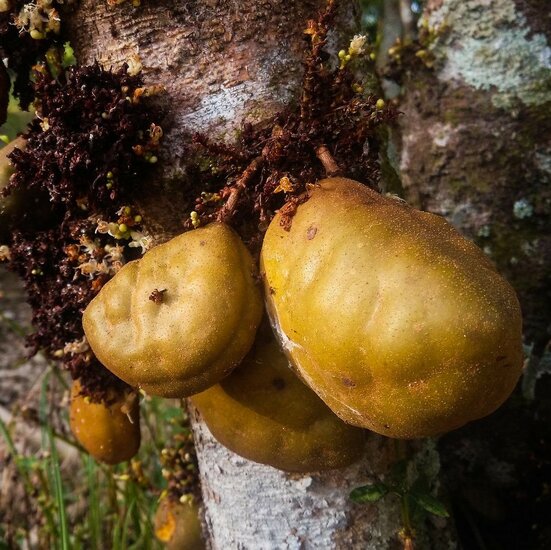
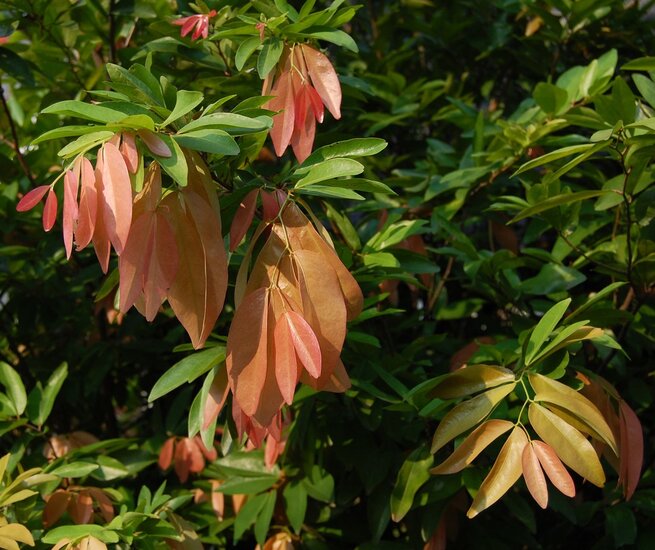
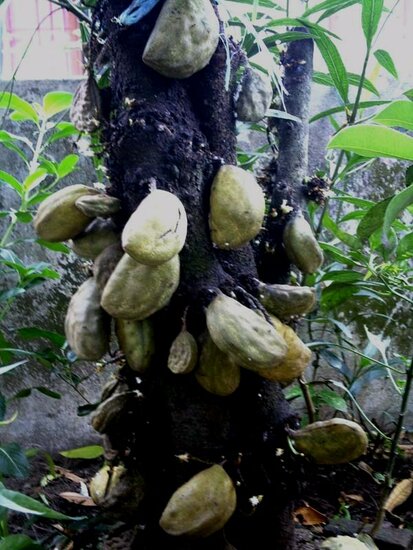
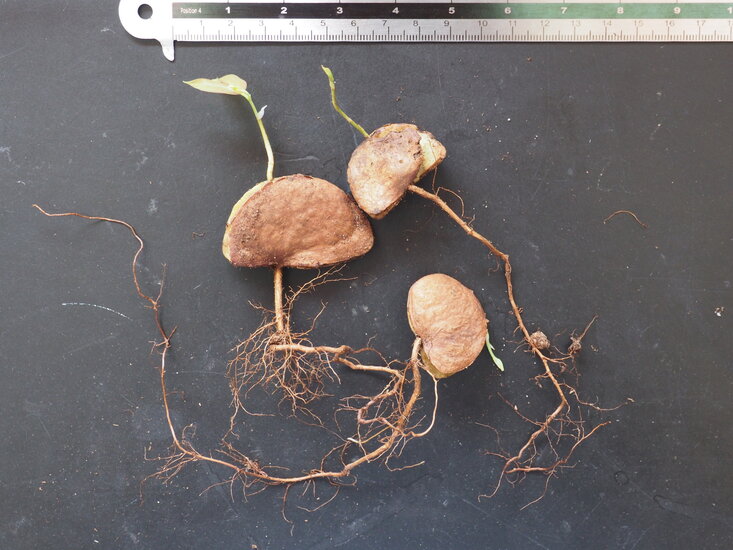
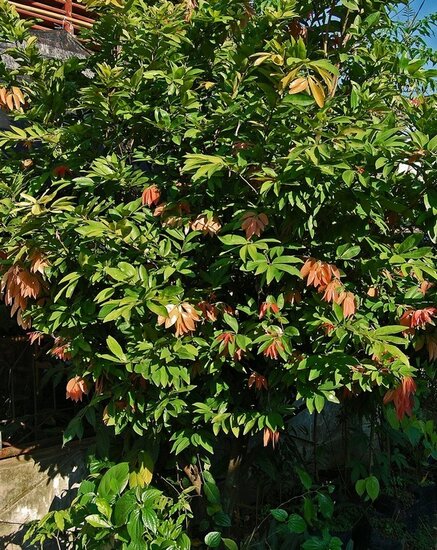
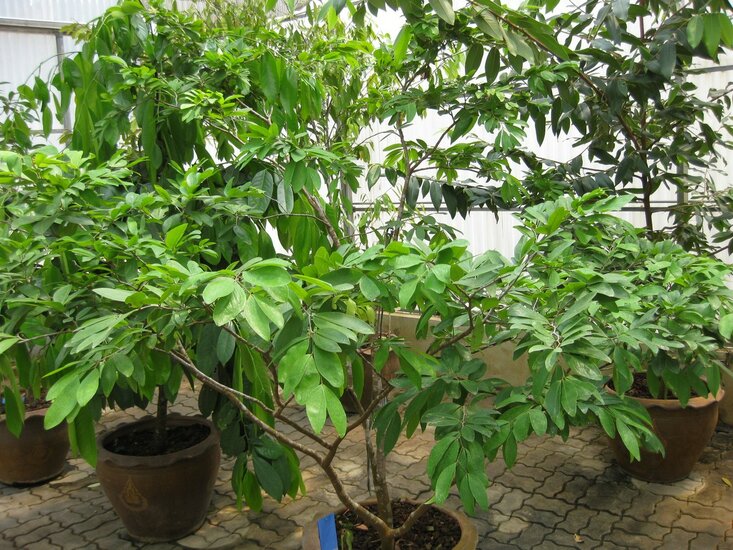






Product description
The flowers of the nam-nam bloom on the stem and are followed by unusually shaped fruits. These resemble namu-namu, an Indonesian pastry, which is why the species was named nam-nam or namu-namu (in Indonesia). The fruits are edible and have aromatic, yellow flesh when ripe. Each fruit contains a large seed and that too is edible. It is often boiled or roasted and added to dishes as a flavoring.It is a shrub or small tree native to the western part of Malaysia. In moist forests where there is a dry period every year. In terms of temperature, the species is therefore very tropical, but the plant is reasonably resistant to temporary somewhat drier soil. The leaves are decorative and shiny, where young leaves first have a pink color to discourage herbivores. The plant can also be grown as a bonsai tree if necessary. Make sure you have a sunny location.
Sowing description: Soak the short-lived seed in water for a few hours. Then sow in sowing and cutting soil and allow to germinate at 25-30°C. Keep soil constantly lightly moist. Keep the soil constantly slightly moist. Germination usually occurs after a few weeks, but can take longer.
Product specification
Family:
Fabaceae
Scientific name:
Cynometra cauliflora
Common name:
Nam-nam
Native to:
Malaysia
Sowing time:
All year round
Difficulty level:
Intermediate
Minimum temperature:
15 degrees Celsius
Do you have a question about this product?
Ask us your question
Product specification
Family:
Fabaceae
Scientific name:
Cynometra cauliflora
Common name:
Nam-nam
Native to:
Malaysia
Sowing time:
All year round
Difficulty level:
Intermediate
Minimum temperature:
15 degrees Celsius
Add review
Write a review about this product.
Reviews
No reviews yet



